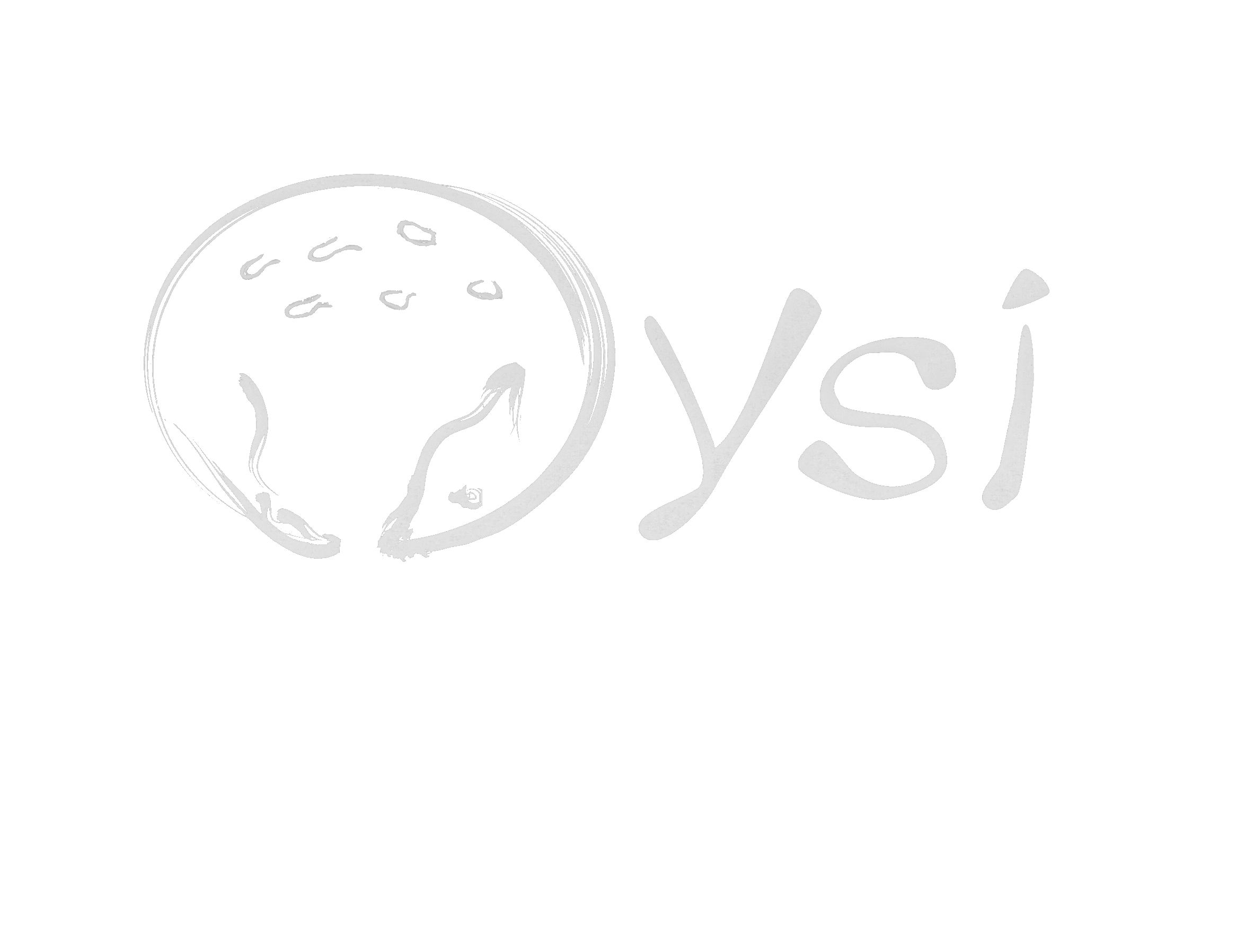Orality & Literacy
DESCRIPTION
Share +Orality and Literacy (1982)
In Ong's most widely known work, Orality and Literacy: The Technologizing of the Word (1982), he attempts to identify the distinguishing characteristics of orality by examining thought and its verbal expression in societies where the technologies of literacy (especially writing and print) are unfamiliar to most of the population.
The following is a quote from page 7 of New Accents: Orality & Literature by Walter J. Ong.
Writing enlarges the potentiality of language almost beyond measure restructures thought and in the process converts a certain few dialects into ‘grapholects’ (such as English). Writing gives a grapholect a power far exceeding that of any purely oral dialect. Standard English has accessible for use a recorded vocabulary of at least a million and a half words, of which not only the present meanings but also hundreds of thousands of past meanings are known. A simply oral dialect will commonly have resources of only a few thousand words, and its users will have no knowledge of the real semantic history of any of these words.
Oysi counters this assertion, as oral knowledge is the principal repository of human experience worldwide, even in societies where literacy is dominant. The way people speak reveals their true self.

